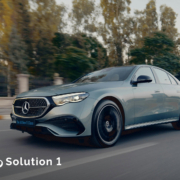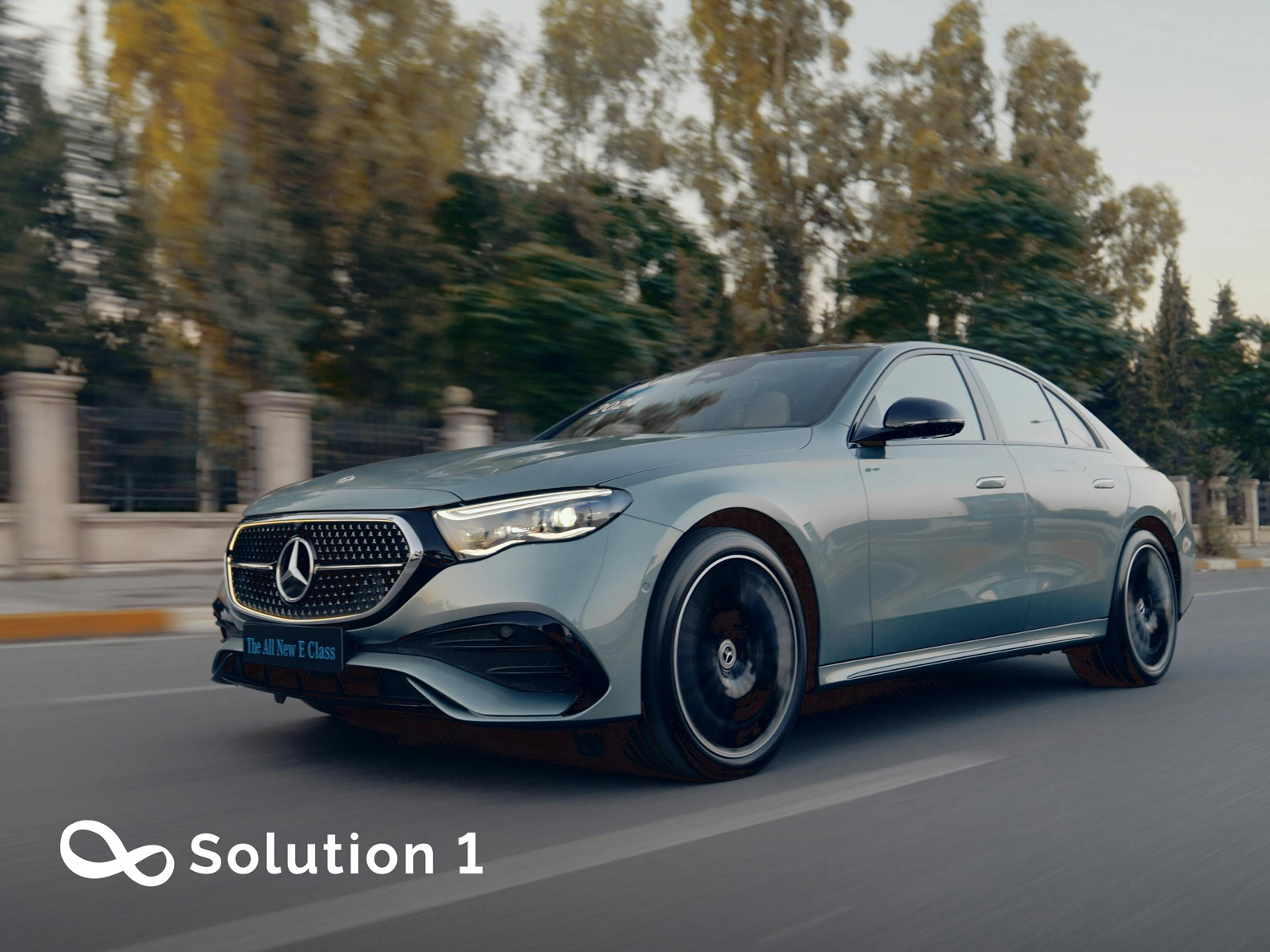From Boom to Bust: The Hidden Forces Behind Europe’s EV Struggles
Companies have invested heavily in anticipation of a surge in electric vehicle sales that hasn’t happened in the past few years. With the demand for electric vehicles not meeting expectations, especially in the European and American markets, this shows that consumer acceptance of electric vehicles is not growing as rapidly as automakers had expected. The number of electric vehicles produced by manufacturers in the United States, Germany, and France is currently 40% to 45% lower than originally expected. The reason for this is that the prices of electric vehicles are generally high, especially in terms of battery and related technology costs, which makes many consumers hesitate to buy electric vehicles.
Especially in Europe, after governments canceled or reduced subsidies, the purchase cost of vehicles further increased, which aggravated the burden on consumers. Although the construction of charging facilities is gradually progressing, there are still gaps in the coverage and convenience of charging stations compared to traditional gas stations, which makes consumers doubt the convenience of using electric vehicles. The ever-changing electrification policies promoted in Europe and other regions, as well as the adjustments to government bans on fuel vehicles and incentives for electric vehicles, have all increased consumer doubts and anxieties, which in turn affects purchasing decisions.
Andrew Bergbaum, Global Co-Head of Automotive and Industrial Practice at AlixPartners, said: “Manufacturers are slowing down and stopping production lines, which is having a profound impact on the supply base.”
In 2024, European auto parts suppliers are facing a painful dilemma, which also means that the traditional auto industry is facing a structural recession. Most of these companies rely on the supply chain of fuel vehicle parts. With changes in consumer demand and stricter environmental regulations, automakers’ traditional production models are gradually becoming unable to meet market demand. The rise of electric vehicles has brought new opportunities, but this transformation process is not as rapid as the industry expected. Many parts and technologies that rely on fuel vehicles cannot be quickly transformed in the short term to adapt to the production needs of electric vehicles, which has led to increased pressure on the supply chain, which is spreading to the entire automotive industry.
Akio Toyoda said: “There are 5.5 million people involved in the automotive industry in Japan. Among them are those who have been doing engine-related (work) for a long time A shift to an electric vehicle-only future would lead to job losses among those who have been working on engine-related technologies, including at the many suppliers in the sector. ”
Because automakers and parts suppliers relied too heavily on the expected growth of the electric vehicle market, but this expectation failed to materialize, they have invested heavily in the past few years in the transformation of technologies and equipment related to electric vehicles, but the slowdown in market demand has made these investments a burden. Especially small and medium-sized suppliers such as the century-old company Gerhardi, which are usually unable to compete with large companies in terms of capital and technology, are more likely to be eliminated in this wave of change.
The European Automobile Suppliers Association has reported that European parts manufacturers have announced 53,300 layoffs in 2024, most of them in Germany. In addition, according to statistics from the German Federal Statistical Office, the number of companies applying for bankruptcy in Germany in November 2024 increased by 12.6% compared with the same month last year. Except for June 2024 (+6.3%), the year-on-year growth rate has doubled since June 2023.
The current difficulties faced by companies such as ZF Group and Webasto, as well as the imbalance of the entire European supply chain, have exposed the high concentration and vulnerability of the automotive industry supply chain. Many small and medium-sized auto parts suppliers rely too heavily on large automakers such as Volkswagen and Ford, which makes it difficult for these suppliers to continue to survive once automakers experience layoffs or production reductions.
According to consulting firm McKinsey, one in five auto suppliers expects to lose money next year after two-thirds reported margins of 5% or less in 2024.
In the global automotive industry, the Chinese market has always been regarded as a key strategic stronghold. However, the recent performance of German automakers in the Chinese market has attracted widespread attention. According to reports, sales of BMW and Mercedes-Benz in the Chinese market have declined significantly, by nearly 30% and 13% respectively.
The current market situation has a significant impact on the European automotive industry. The phasing out of traditional internal combustion engine vehicles and the rise in demand for electric vehicles have made price the core issue of competition. Chinese electric vehicle companies, such as BYD and Xpeng Motors, have successfully entered the European market and are competing with European manufacturers at more attractive prices. Even though the EU has increased tariffs on Chinese imported electric vehicles (45%), these Chinese brands are still able to maintain a price advantage by leveraging economies of scale and low-cost production.
Major European automakers, under the competition of Chinese electric vehicles, such as Stellantis, Renault, and Volkswagen, have realized that they must launch more competitive prices to attract consumers. For example, the Renault R5 and R4 models will be priced between 25,000 and 35,000 euros to cater to consumers’ price sensitivity. These prices are intended to be closer to those of traditional fuel vehicles and attract more entry-level buyers. In addition to lowering prices, it is necessary to make breakthroughs in cost control and economies of scale. European automakers need to find more ways to reduce production lines, supply chain optimization, and parts costs, or cooperate with Chinese manufacturers to reduce the production costs of electric vehicles.
The global electric vehicle market is facing a major adjustment period. The cooling demand in European and American markets and the rise of Chinese competitors highlight the need for traditional automakers to be more flexible in responding to market changes. In the short term, internal combustion engine and hybrid models are still the main sources of profit, while the pace of electric vehicle development will slow down to optimize technology and costs. Electrification is still an irreversible trend in the future. With breakthroughs in battery technology and cost reductions, as well as the gradual improvement of infrastructure, the electric vehicle market is expected to regain growth momentum in the long term. Therefore, automakers and supply chain companies should adopt a two-pronged strategy, addressing short-term challenges while laying the foundation for long-term transformation, to ensure a competitive advantage in the reshaping of the global automotive industry landscape.





